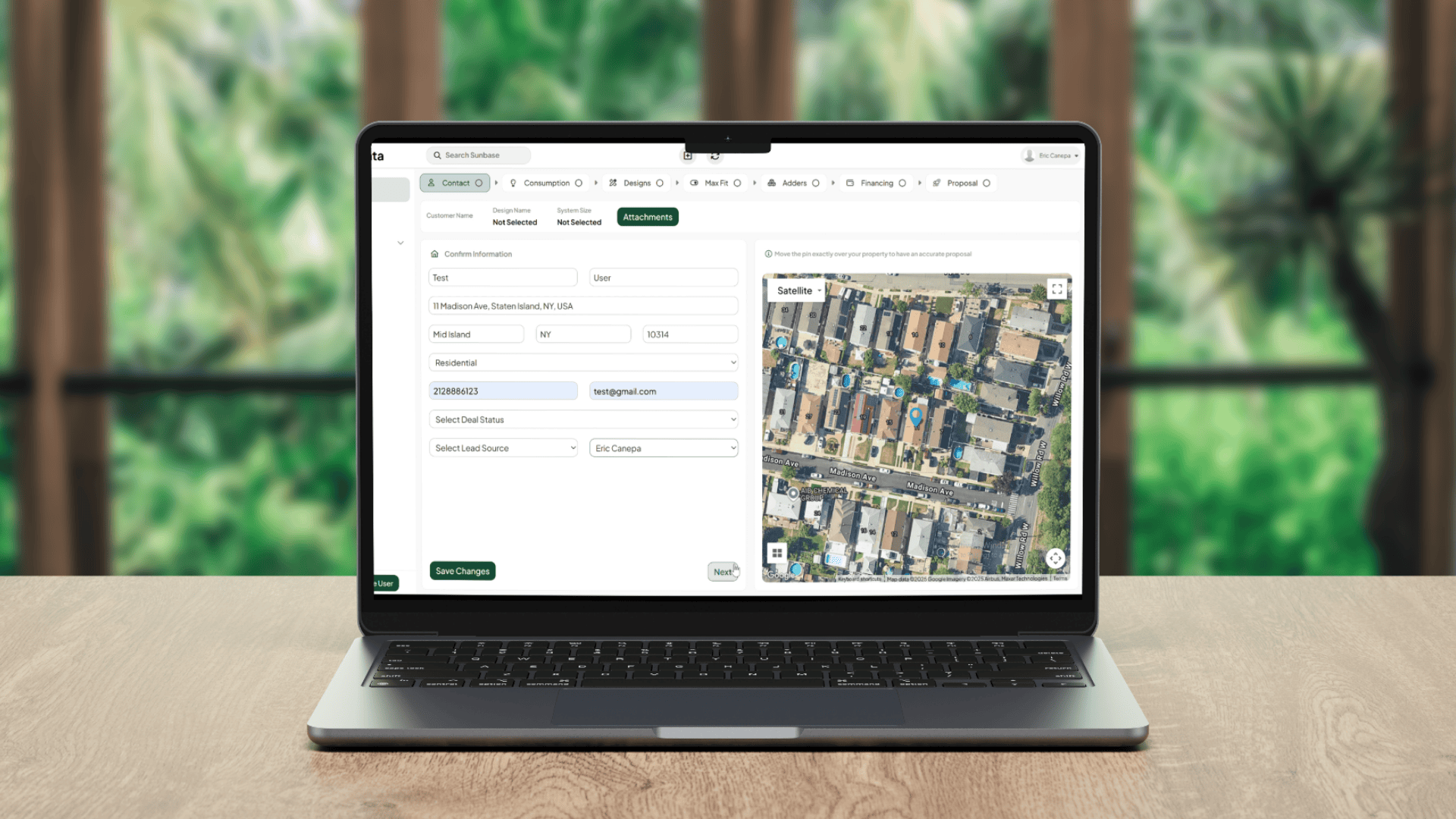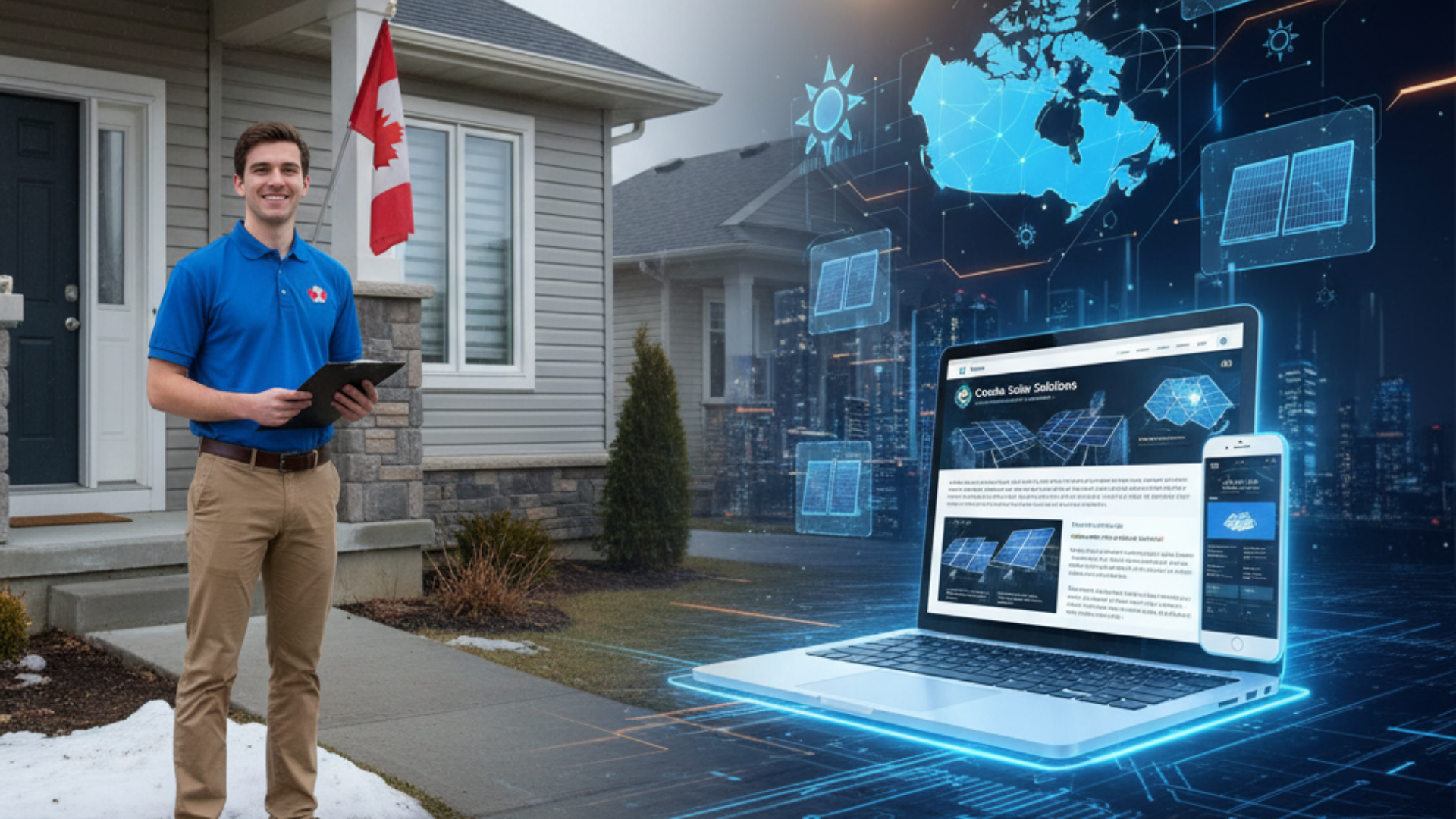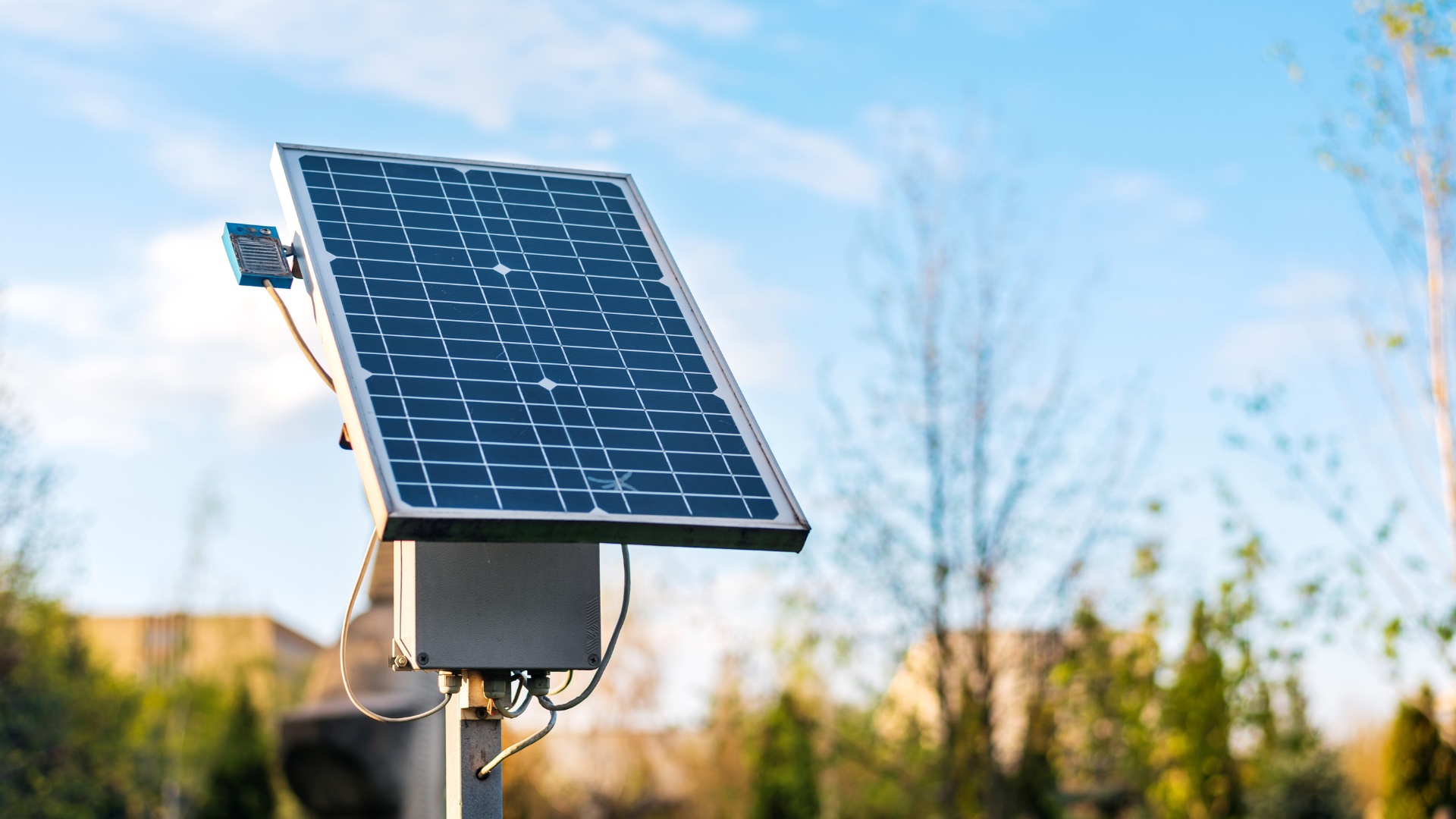July 7, 2023
Are you looking to get involved with local politics? If so, door-knocking is a great place to start! Door knocking is the age-old, tried-and-true method of connecting directly with people through their front doors and delivering your message.
From collecting signatures on petitions and updating constituents about upcoming elections to raising awareness for an issue or political candidate, door-knocking can be the most effective way to make an impact in your community.
Read on to learn more about how political door-knocking works and why it remains such a popular campaign strategy.
How to Run a Successful Political Door-to-Door Campaign: Proven Strategies
Political door-knocking remains one of the most effective grassroots campaign tactics for establishing trust, influencing voters, and generating engagement and turnout.
This comprehensive guide to political door-knocking campaigns covers all aspects, from planning your route and training volunteers to developing persuasive scripts and monitoring results.
Unlike digital ads, face-to-face voter outreach builds personal connections that can help win elections. Let's learn effective door-to-door canvassing methods, tips for having engaging conversations, and strategies to get ahead of the game.
Key Takeaways
- Personal connection wins votes; door-to-door canvassing builds trust through face-to-face conversations that resonate more than digital ads or cold outreach.
- Targeting is everything, so use voter databases and analytics to focus efforts on high-priority neighborhoods, swing districts, and demographics for maximum campaign impact.
- Tailored messaging drives engagement. Customize your pitch based on voters’ concerns and priorities to make your message more relatable and persuasive.
- Gather voter insights during conversations and use them for strategic follow-ups, better messaging, and increased conversion rates.
- Tech enhances efficiency, with tools like Sunbase Door-to-Door Canvassing Software simplifying territory management, monitoring KPIs, and increasing team productivity.
What is Political Door-Knocking?
Political door knocking (known as political canvassing) is a grassroots campaign tactic used by political candidate teams to reach out to voters in person.
It involves canvassing a neighborhood, going door-to-door, analyzing voter databases, getting voter registration done, and engaging with voters to discuss political issues, raise awareness about the candidate and their platform, and persuade voters to support the candidate.
The purpose of traditional door-knocking is to build personal connections with voters and to gather information about their preferences and concerns. It allows candidates to listen to voters' feedback, answer questions, and gain support from constituents. This strategy is often used during elections, but can also be used to build support for specific issues or causes.
Door-knocking can be a time-consuming and labor-intensive process, but it is seen as an effective way to engage with voters. It can be an important part of successful political canvassing.
Read more about How Effective Is Political Canvassing: The Power of Direct Engagement.
Where Do People Do Their Political Canvassing Campaigns?
Political canvassing campaigns usually take place in the area where the election is held. This can include residential areas, apartment complexes, and other areas where people live and congregate.
The specific locations where many political campaigns take place will depend on the target audience and the goals of the campaign.
For example, political candidates may choose to focus their door-knocking efforts in areas where there is a high concentration of potential voters, such as swing districts or areas with a history of high voter turnout.
In addition to residential areas, many political campaign events take place at rallies, community meetings, and other gatherings where voters are likely to be present. Some political canvassing campaigns may also utilize technology, such as voter databases and targeting software, to identify and target specific households or groups of voters for door-to-door canvassing.
These voter databases provide valuable information about registered voters, including their contact details and voting history, enabling campaign organizers to tailor their outreach efforts effectively.
By leveraging a voter database, political campaigns can create targeted canvassing strategies, ensuring that their efforts focus on engaging with individuals who are more likely to support their cause. This data-driven approach helps campaigns make efficient use of their resources and maximize their outreach impact.
Why is Political Canvassing Effective?
Political canvassing, also known as canvassing, can be an effective way for political candidates and campaigns to connect with voters and promote their platforms.
Some potential benefits of door-to-door canvassing include:
1. Personal Connection:
Door-knocking allows candidates to connect with voters on a personal level, which can be more impactful than other forms of campaigning, such as TV ads or social media posts. It provides an opportunity to listen to voters' concerns and address their questions or issues face-to-face.
2. Improved Voter Turnout:
By knocking on doors and speaking with voters directly, campaign managers can encourage an undecided voter to get out and vote. Personalized reminders can help boost turnout on election day.
3. Mobilize voters:
Door-to-door canvassing is an effective strategy to mobilize voters because it provides personalized interaction and the opportunity for campaigners to build relationships with voters. It allows campaigners to explain their candidate's policies, address any doubts, and answer questions and concerns.
Door knocking can also help identify potential supporters and encourage them to vote. By visiting voters' homes and having face-to-face conversations, campaigners can create a sense of community and encourage a sense of responsibility to participate in the democratic process.
4. Increased Name Recognition:
Canvassing can help increase a candidate's name recognition and make them more memorable to voters. People are more likely to remember someone they've spoken to in person, especially if they have a positive interaction.
5. Targeted Messaging:
Door knocking also allows campaigns to tailor their message to specific neighborhoods or demographics. This can help ensure that candidates are addressing the concerns of different communities and reaching a wider range of voters.
6. Data Collection:
Canvassers can collect valuable data on voter preferences, concerns, and issues that can be used to inform campaign strategies and messaging.
However, it requires a significant investment of time and resources and may not always be feasible or effective in every campaign or election.
Find out: Is digital canvassing more effective compared to paper-based methods?
Step-By-Step Guide to Door-to-Door Canvassing
Political canvassing is a canvassing technique used by political candidates and their campaigns to connect with voters directly.
The process usually involves the following steps:
1. Planning:
Before hitting the ground, political door-knockers plan their route, which involves identifying the specific neighborhoods, blocks, or streets that they will visit. They also prepare campaign literature, such as flyers, brochures, or business cards, to hand out to potential supporters.
2. Introduction:
The first step in political canvassing is to introduce yourself and the purpose of your visit. You might say, for example, "Hi, my name is XYZ, and I'm a volunteer with the ABC campaign. We're reaching out to voters in this neighborhood to talk about the upcoming election."
3. Listening:
After introducing yourself, it's essential to listen to the voter's opinion and concerns.
You can ask questions like, "What issues are most important to you in this election?" or "What do you think the biggest challenges facing our community are?" This step allows the canvasser to engage in a meaningful conversation with the voter.
4. Messaging:
Once the canvasser has an understanding of the voter's concerns and priorities, they can tailor their campaign message to resonate with the voter. For example, if the voter is concerned about education, the canvasser might talk about the candidate's plans for improving schools.
5. Closing:
The final step is to ask for the voter's support. This can take different forms, such as asking if they would like to volunteer for the campaign, if they plan to vote, or if they are interested in learning more about the candidate.
6. Follow-up:
After the door knocking is complete, the canvasser might follow up with the voter to reinforce the message, encourage them to vote, or ask for their support in other ways.
Overall, political canvassing is an effective way for candidates to engage with voters, build relationships, and ultimately win elections.
What is Deep Canvassing?
Deep canvassing is a technique used in political campaigns to engage with persuading voters through personal conversations that aim to change their attitudes or behavior. The main objective of this type of political canvassing is not only to engage voters to vote for their candidates on election day.
According to several profound political scientists, the goal is to have meaningful, one-on-one interactions that go beyond the typical surface-level conversations that happen during election cycles.
Research has shown that deep canvassing can be an effective way to persuade undecided voters, especially on issues related to social justice and equality.
However, it's worth noting that deep canvassing can depend on various factors, such as the political climate, the specific issue being discussed, and the demographics of the targeted voters.
Additionally, deep canvassing requires significant time and resources, and it may not be feasible for all campaigns.
Overall, while deep canvassing is not a silver bullet, it can be a valuable tool for political campaigns looking to engage with voters on a deeper level and create meaningful change.
How to Make Your Political Campaigns Successful?
Door-knocking is a powerful tool for political campaigning as it allows you to have direct and personal conversations with potential voters.
Here are some additional tips to enhance the effectiveness of your door-to-door canvassing efforts:
1. Develop a compelling message:
Craft a clear and concise message that resonates with your target audience.
Focus on the key issues and solutions that matter most to them. Tailor your message to address their concerns and aspirations.
2. Leverage social media:
In today's digital age, utilize social media platforms to amplify your campaign's reach and engage with a broader audience.
Create engaging content, share updates, and encourage online discussions to build a strong online presence.
3. Mobilize your supporters:
Empower your volunteers and supporters to become campaign advocates.
Encourage them to share your message with their networks, distribute campaign materials, and organize local events on your behalf. Leverage their enthusiasm and dedication to expand your campaign's impact.
4. Collaborate with influencers:
Identify influential individuals or organizations within your community or industry who align with your campaign's values and goals.
Collaborate with them to gain endorsements, support, and increased visibility. Their endorsement can help you reach a wider audience and build credibility.
5. Utilize data-driven targeting:
Leverage voter data and analytics to identify priority areas and demographics for your door-knocking efforts.
By understanding the voting habits, preferences, and concerns of specific neighborhoods or communities, you can customize your message and approach to maximize effectiveness.
6. Develop a strong ground game:
In addition to door-knocking, organize grassroots activities such as community meetings, town halls, and volunteer-driven initiatives. These events provide opportunities for face-to-face interactions, allowing you to build relationships, address concerns, and gain support.
7. Engage in debates and public forums:
Participate in debates and public forums to showcase your knowledge, leadership, and ability to articulate your positions effectively. Engaging in thoughtful discussions can help you gain visibility, demonstrate your expertise, and win over undecided voters.
8. Collaborate with local organizations:
Build alliances with local community groups, nonprofits, and organizations that align with your campaign's values and goals. Collaborate on initiatives that address shared concerns and demonstrate your commitment to the community's well-being.
9. Establish a strong online presence:
Develop a professional campaign website that highlights your background, key policy positions, and campaign updates. Use the website as a central hub for supporters to access information, donate, volunteer, and engage with your campaign.
10. Maintain a positive and ethical campaign:
Conduct your campaign with integrity, respect, and transparency. Avoid engaging in negative campaigning or personal attacks. Instead, focus on presenting your ideas, accomplishments, and plans for the future.
Remember, a successful political campaign requires careful planning, effective communication, and the ability to connect with voters on a personal level.
By implementing these strategies and adapting them to your specific campaign, you can increase your chances of success and make a meaningful impact on the electoral process.
Learn more about the Door-to-Door Campaigning Effectiveness: Proven Strategies to Boost Your Political Campaign Success.
Sunbase Door-To-Door Canvassing Software For Political Campaigns
Are you looking to revolutionize your door-to-door operations? Look no further! Sunbase Door-to-Door Software makes canvassing easy. Our feature-rich software and user-friendly interface will maximize the efficiency of your marketing efforts, saving time and resources.
Manage target areas efficiently, easily track key performance indicators, accelerate lead entry, simplify appointment management, and never worry about comprehensive reporting. Maximize results and enhance productivity – all with one powerful software solution.
At Sunbase D2D Software, we believe in providing the pathway to success in the door-to-door arena, whatever that may be for your business.
Ready to take advantage of everything Sunbase has to offer? Get started today and experience the power of our intuitive software!
Conclusion
Political canvassing allows candidates and volunteers to connect with voters directly, hear their concerns, and build a relationship of trust. The key to successful door-to-door canvassing lies in careful preparation, thoughtful messaging, and effective follow-up.
By using the tips and strategies outlined in this guide, you can be confident in your ability to knock on doors, engage voters, and, ultimately, achieve electoral success.
Remember, door-knocking may not always be easy, but it is always worth the effort. So, get out there and knock on some doors!
Win More Voter Support with Sunbase
Focus on what truly matters: building connections with voters! Sunbase empowers you to engage more effectively and gather valuable data to strengthen your campaign efforts.
Start your journey toward faster, smarter door-to-door sales now. Book a 15-minute quick demo.
FAQ's
1. What is political door-to-door canvassing, and why does it still work in elections?
Political door-to-door canvassing involves campaign volunteers visiting voters at home to share information and encourage turnout. It remains effective because face-to-face conversations build trust, increase engagement, and boost voter turnout.
2. How do I choose which neighborhoods to canvass first using voter data and targeting?
Start by analyzing voter registration data and past election results. Focus on: Swing voter areas, low-turnout supporters and high-density target demographics. Use canvassing tools or voter mapping software to prioritize neighborhoods, plan efficient routes, and maximize outreach.
3. What’s the difference between deep canvassing and traditional canvassing—and when should I use each?
Traditional canvassing are quick visits to share campaign messages and remind voters to participate. It's best for large-scale outreach near Election Day. On the other hand, deep canvassing are longer, personal conversations aimed at persuading undecided voters by understanding their concerns. They are best for early-stage campaigns when shaping opinions matters most.
I agree to receive marketing messaging from Sunbase at the phone number provided above. I understand data rates will apply, and can reply STOP to OPT OUT.











